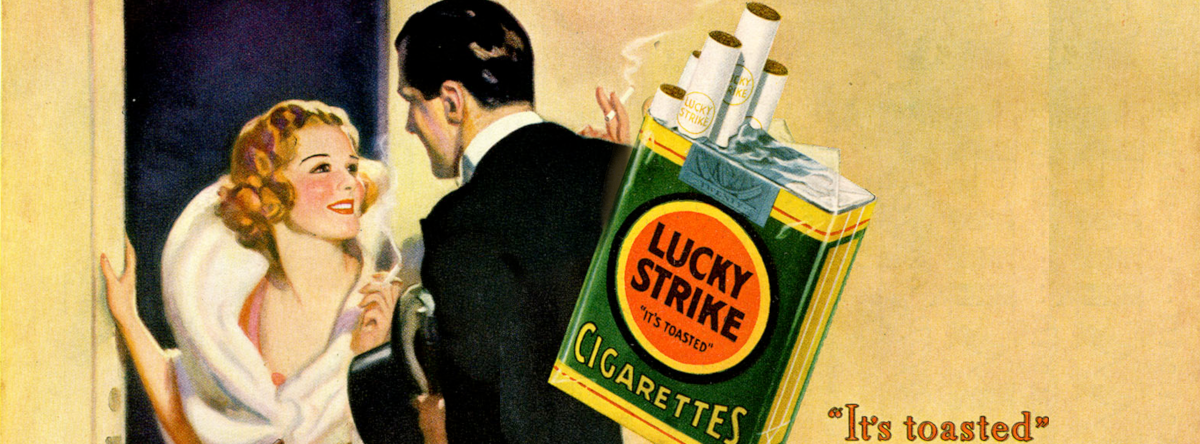An email arrived at my inbox titled “exciting article about propaganda, consumer culture and manipulation”. It was from my boss, asking me to do some research on a person called Edward Bernays for our blog. I didn’t even get to open two tabs about this man before thinking “my boss has gone crazy. He is asking me to go into the darkest side of this industry.”
However, digging deeper, I understood that Bernays’ marketing is nothing like what we do at the agency every day. This partly has to do with the differences between traditional marketing and digital marketing, a topic for another time. Now, with my conscience partly appeased, I was equally fascinated and horrified by the dark genius of Edward Bernays. Here’s what I found.
Men we’ve never heard of
Marketing is the child of psychology. Or at least his nephew. Sure enough, that’s what Edward Bernays was to Sigmund Freud. Although Bernays’ name may not resonate as much as his uncle’s, the impact he had on society was just as poignant. Edward Bernays, appropriately dubbed “the father of public relations”, was responsible for using Freud’s theories on behavior and the human mind to help sell more products. Thus, he forever changed marketing.
Before Bernays, marketing was largely based on showing the practical virtues of a product. He was the one to inaugurate the notion that to sell anything (from a brand to a public figure), it was best to link it to people’s deepest desires and fears. Bernays wrote “People are seldom aware of the real reasons for their conduct (…) We are governed, our minds are shaped, our tastes shaped, our ideas suggested, largely by men we have never heard of.”
Discourse on the Method
When I told my friends about one of Bernays’ campaigns, they thought it seemed far-fetched. They found it hard to believe that such small seismic movements in culture could generate such a tsunami of consumption. This is because Bernays understood that there was a link between culture and consumption that could be taken advantage of. He worked insidiously, so that the public received propaganda messages without suspecting it. For example, Bernays was a forerunner of indirect advertising in movies: during his long and famous campaign for Lucky Strike, he repeatedly got movie stars to smoke in their films.
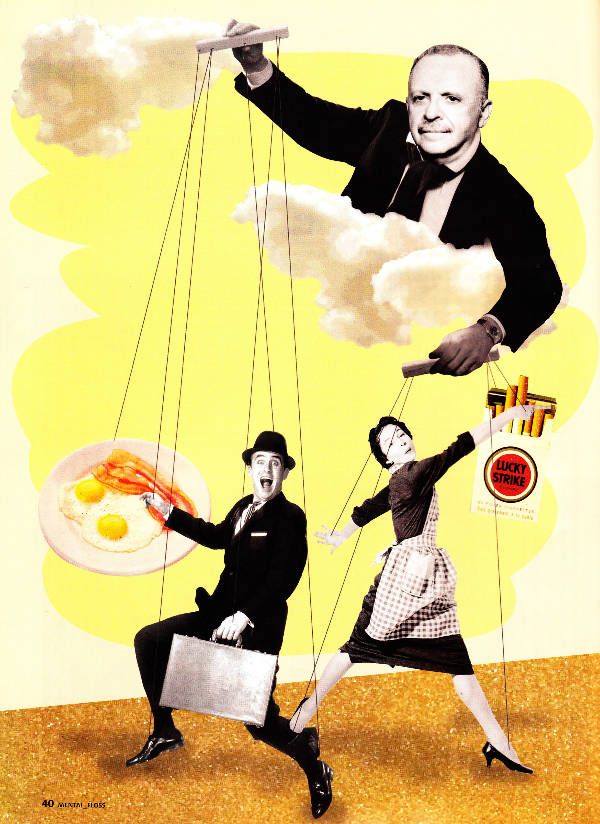
His handling of public opinion was such that he even managed to impose it as a discipline. In 1928 he wrote the book Propaganda, where he defined the boundaries of this specialty. After the war, the term “propaganda” acquired a negative connotation since it was used by the Nazis as a political tool. So Bernays applied the golden rule of public relations, which was made famous by the show Mad Men: “if you don’t like what is being said, change the conversation.” Bernays replaced the term “propaganda” for “public relations” and the rest is history. What follows is a brief tour of some of this man’s most important campaigns.
Lucky Strikes Back
During the twenties, the American Tobacco Corporation sought to reach a larger audience of smokers. George Washington Hill, its president, was at the time in charge of the Lucky Strike brand. Hill set out to appeal to a hitherto untapped demographic: women. “We are losing half our market because men have invoked a taboo on women smoking in public,” he argued.
Smoke your shadow
In 1929, Washington Hill hired Edward Bernays to convince women to smoke cigarettes. Bernays worked with his uncle’s theories in mind. Since smoking was considered an appetite suppressant, and thinness was in fashion, Bernays designed a campaign that would appeal to women’s unconscious fear of gaining weight. In the ads, slim, pretty women were haunted by the shadow of an obese future version. The tagline read: “When tempted, grab a Lucky instead. Avoid the shadow of the future.”
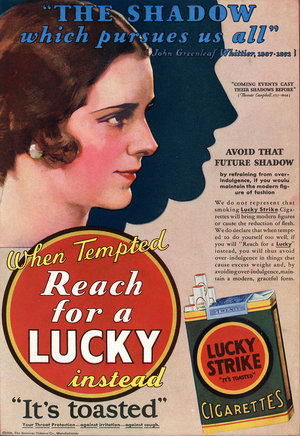
Torches of Liberty
Edward Bernays’ bold marketing campaign went even further. To effectively break the taboo on smoking in public, Bernays decided to investigate what cigarettes meant to women. After consulting a local psychoanalyst, he came to the conclusion that cigarettes were a symbol of masculine power (according to the psychoanalyst he consulted, they literally represented “the phallus”) and that he could then get women to smoke cigarettes if he framed it as a way to challenge male power. To this end, Bernays organized a demonstration at the 1929 Easter parade, where famous women held up their “torches of liberty”: Lucky Strike cigarettes. The brand managed to become a symbol of gender equality in the United States during those years.
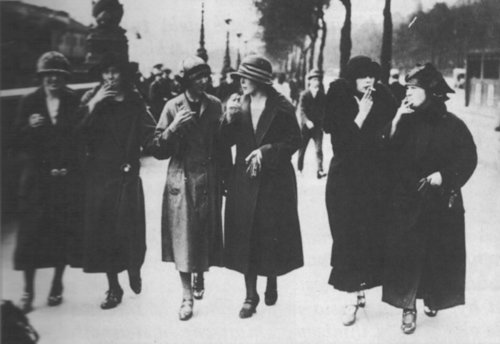
Roses are green
In the 1930s a new problem arose that required Bernays’ peculiar assistance. Washington Hill noted that while women were smoking more cigarettes, for some reason they were not buying Lucky Strikes. A 1934 investigation yielded a curious answer to this enigma: the moss green color of the package was “hard to match” with women’s outfits at the time. Changing the color of the package was not an option, as Washington Hill had spent a lot of money on those colors. So instead, Bernays convinced fashion designers to incorporate the color into their new seasonal designs. He held a “Green Gala” at the Waldorf-Astoria hotel for some of society’s most prominent tastemakers and sent 1,500 letters on green letterhead to interior decorators, home furnishings buyers and art groups in the industry. The campaign was an utter success.
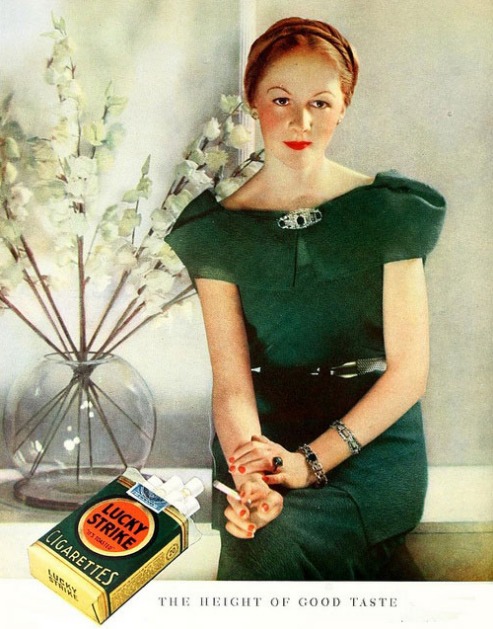
Breakfast for champions
We have all heard the saying “breakfast is the most important meal of the day”. But not many know that the man behind that piece of common wisdom is, again, Bernays! It all started because in the 1920s The Beech-Nut Packing Company was struggling to sell one of its most important meat products: bacon. Instead of lowering the price, Bernays decided to dig deeper: who tells the public what to eat?
Until then, Americans ate a light breakfast of coffee, juice, and maybe some toast. Bernays got 5,000 doctors to sign a statement agreeing that a large, protein-rich breakfast (for example, bacon and eggs) was healthier than a light one. The petition was published in the newspapers and had a huge impact on American society: from then on, a breakfast that did not include bacon and eggs was considered “poor”. Bacon sales skyrocketed and Bernays fulfilled his mission: he engineered a need that did not previously exist. And, as a by-product, he created the famous American breakfast.
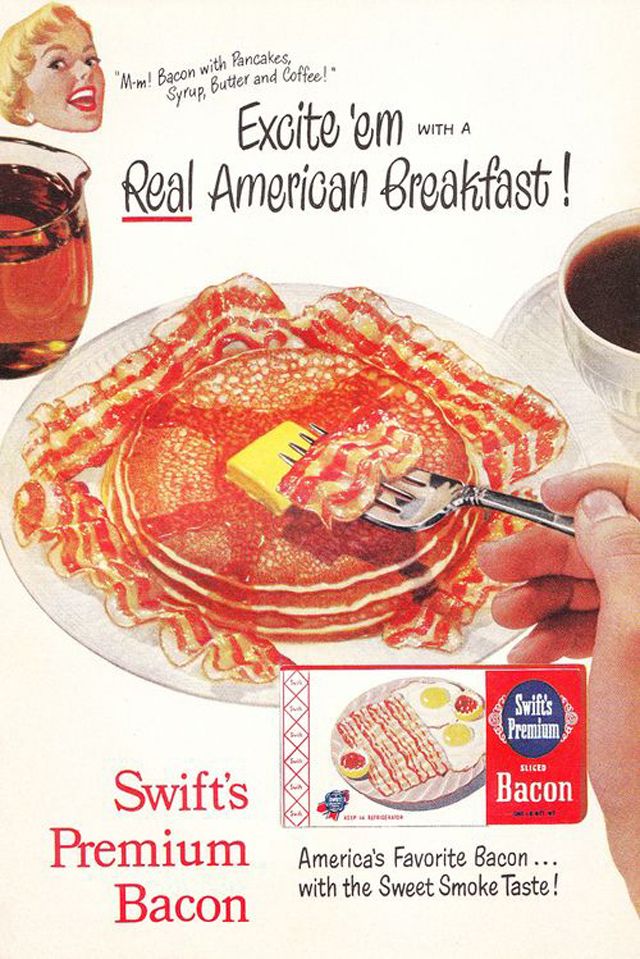
The guilty egg
World War II saw the rise of instant preparations. As people had less time to cook, the industry began to design dry ingredient formulas that only required water to prepare. Instant cake mixes were pioneers in this field. Despite being so convenient, they weren’t selling. Disappointed and confused by poor sales, Betty Crocker brand executives turned to Edward Bernays Marketing for help.
Once again, Bernays used basic psychology to solve this problem. After conducting a focus group aimed at housewives, he came to the conclusion that they felt an unconscious guilt for using a product that required so little effort. The answer: give them a greater sense of involvement by requiring them to add an egg to the mix. Sales skyrocketed when the symbolic egg had its effect on the collective unconscious and removed the barrier of guilt.
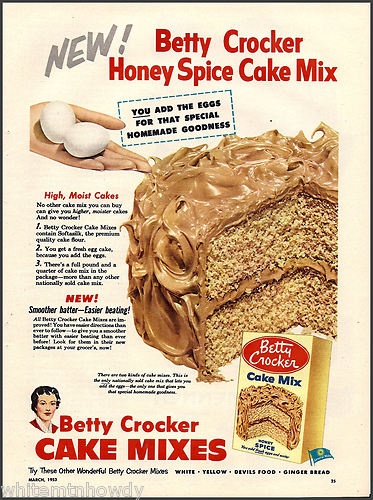
Bernay’s legacy
More than two decades after his death, the impact of Edward Bernays’ marketing on consumer culture is astronomic. He understood that any product can be transformed into a symbol and that studying the cultural implications of these symbols allowed him to manipulate people on a large scale. He called this technique “consent engineering.” Despite its controversial status, it is still used by brands, companies, public figures and politicians around the world to achieve their commercial or advertising objectives.
Indeed, what this man achieved is impressive: it terrifies and marvels because it reveals very complex aspects of human nature. Things my boss and I felt a little uncomfortable discussing through Skype on a Wednesday morning. So we are going to leave the moral judgment up to you, dear reader.
- The Impact of No-Click Searches on SEO - January 10, 2025
- Edward Bernays: The art of manipulation - June 30, 2023
- 2023 Digital Marketing Trends - December 22, 2022
¿Qué te pareció este artículo?
What do you think about this post?

